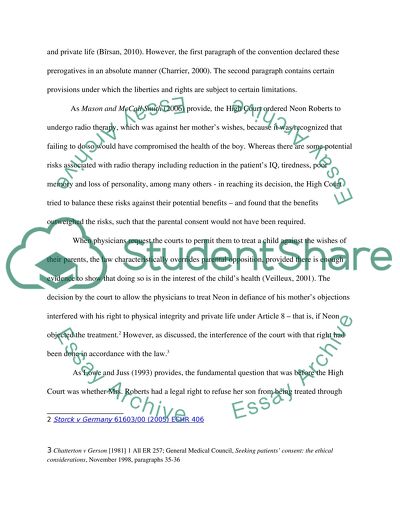Cite this document
(“Medical-Legal Implications of Neon Roberts Case Study Essay”, n.d.)
Retrieved from https://studentshare.org/health-sciences-medicine/1479925-medico-legal-essay
Retrieved from https://studentshare.org/health-sciences-medicine/1479925-medico-legal-essay
(Medical-Legal Implications of Neon Roberts Case Study Essay)
https://studentshare.org/health-sciences-medicine/1479925-medico-legal-essay.
https://studentshare.org/health-sciences-medicine/1479925-medico-legal-essay.
“Medical-Legal Implications of Neon Roberts Case Study Essay”, n.d. https://studentshare.org/health-sciences-medicine/1479925-medico-legal-essay.


